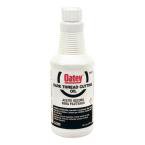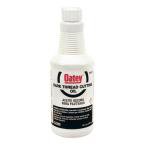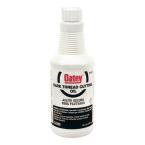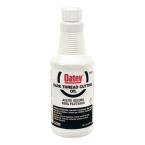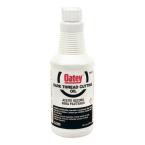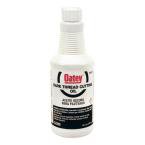My knee mill doesn't like the bigger end mills, 1/2 or smaller work the fastest for me (cnc) I'm able to run em harder, because as said it doesn't take as much force, so I can keep the feed rate high, and the spindle rpm optimal. Don't get me wrong, I do use a 1 inch and 3/4 end mills, and smaller but those big guys I need to slow down and keep watch, I busted through the wall slotting with a 3/4 5 flute rougher, slow feed and slow rpm, and it when it through you could see some serious flex, as well as it moved the part, abom79 showed that in a video, same problem, it grabbed instead of cut, and that can be a problem with large end mills when you don't have rigidity in your setup or machine.
When cnc machining my material removal rate will be higher with a half inch than a 1 inch, because I run the smaller one waaaaaaay faster on the inches per minute


